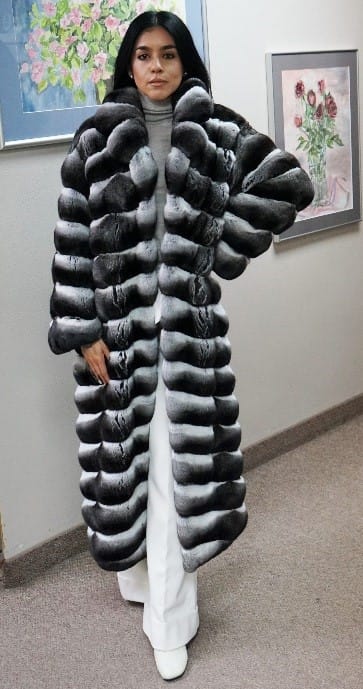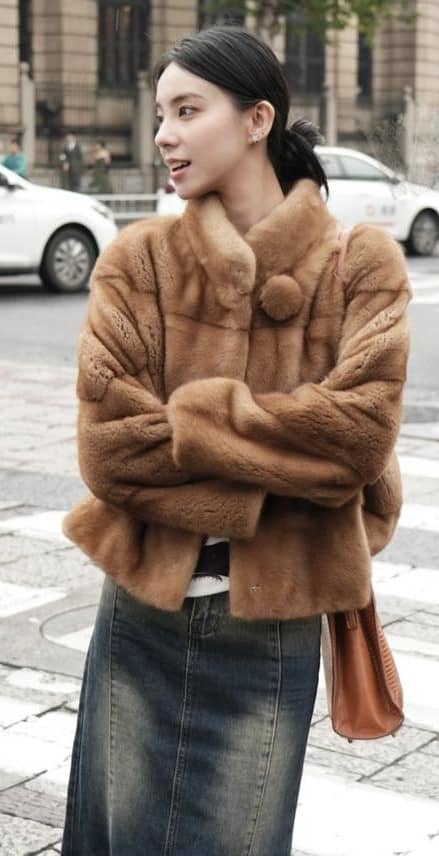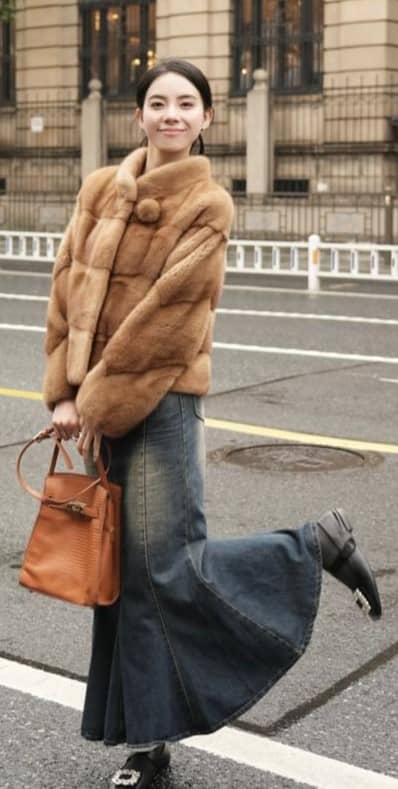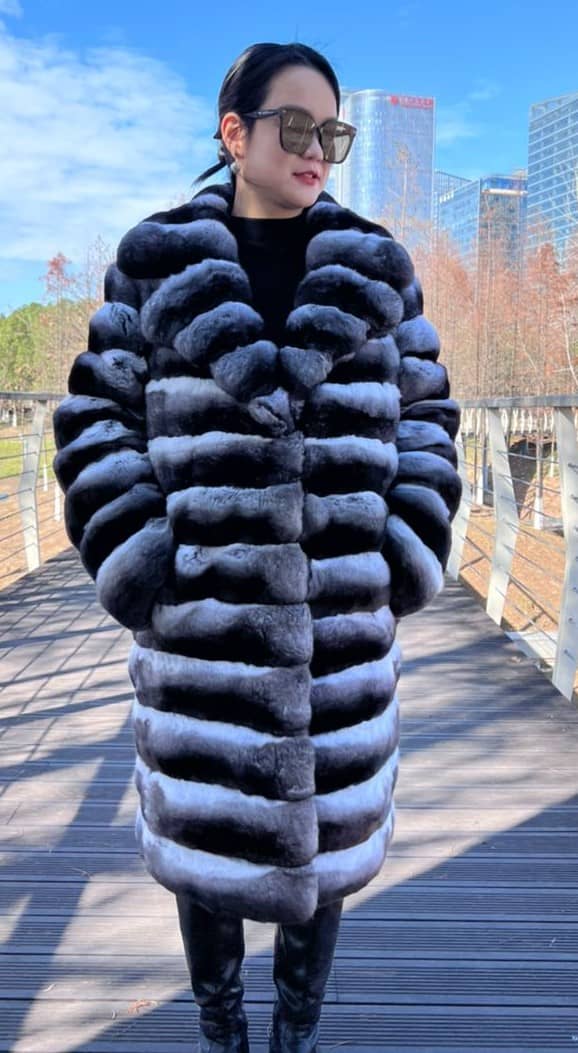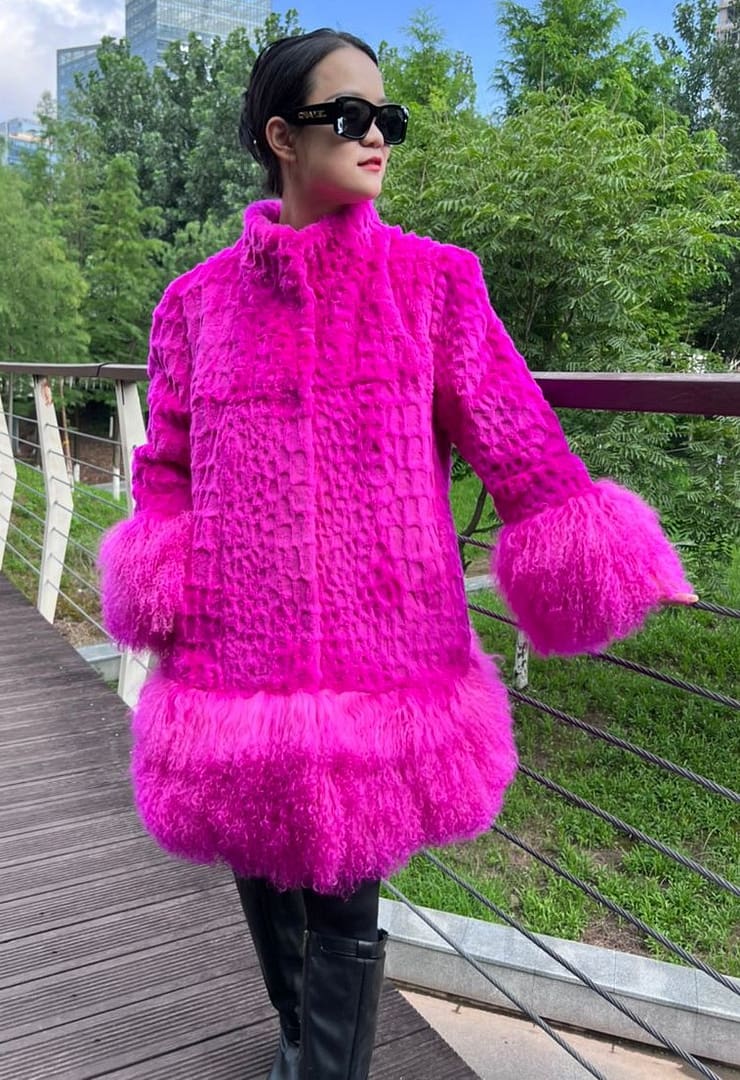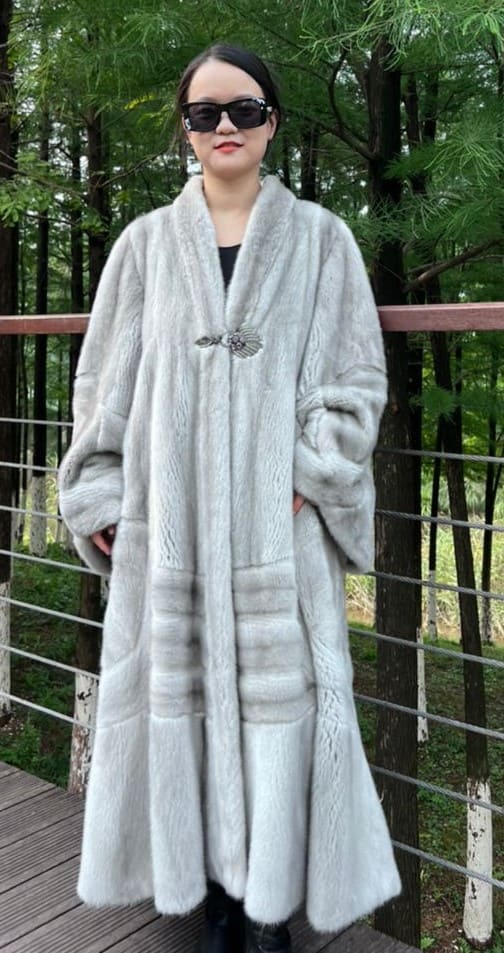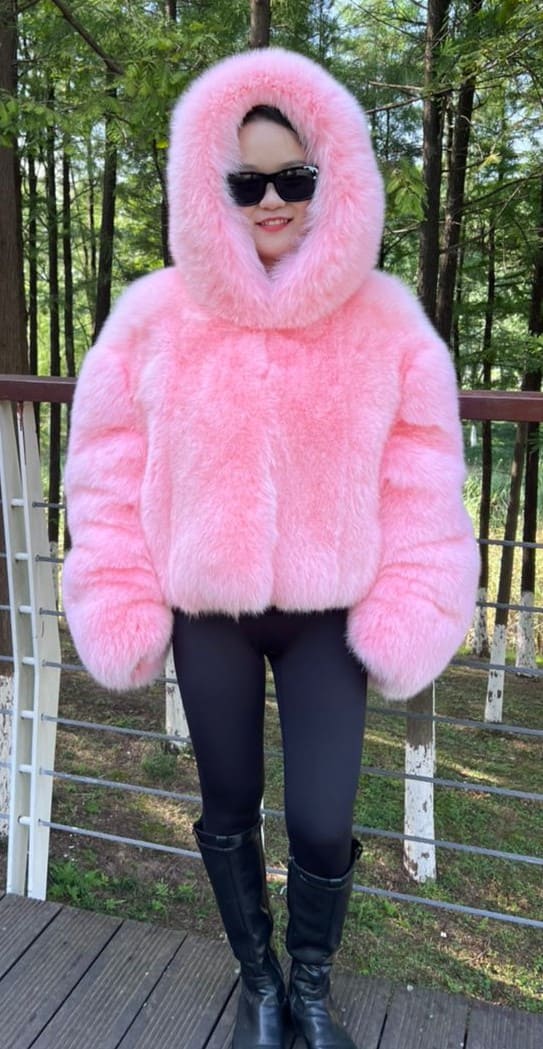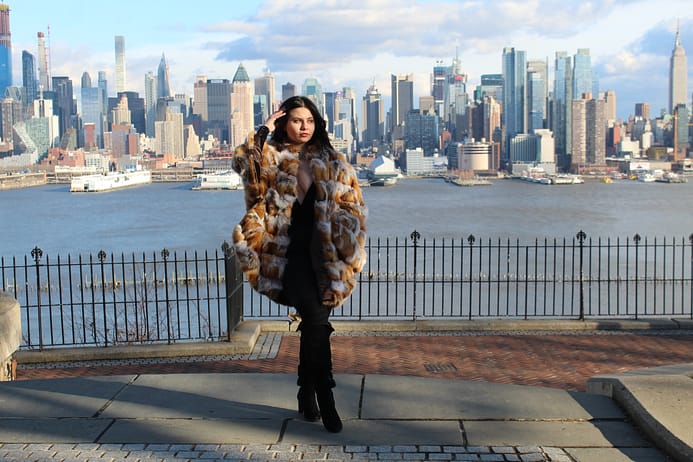How to Buy a Fur Coat
Choosing the best designer mink coat requires careful consideration of various factors, as these are high-end luxury items. Here are some steps to help you make an informed decision:
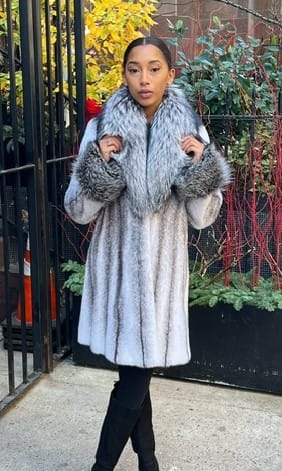
How to Buy a Fur Coat Black Cross Mink Stroller Silver Fox Trim
- Determine Your Budget: First, establish a budget for your designer mink coat. High-quality mink coats can be quite expensive, so knowing your budget will help narrow down your options.
- Research Designer Brands: Familiarize yourself with reputable designer brands that specialize in fur coats. Some well-known brands include Fendi, Prada, Gucci, and others. Research their collections and see which aligns with your style preferences.
- Know the Types of Mink: Mink fur comes in different varieties, including ranch mink and wild mink. Ranch mink is more common and tends to be softer and more consistent in quality. Wild mink is considered more luxurious due to its natural variations in color and texture. Decide which type of mink appeals to you.
- Check the Fur Quality: Pay attention to the quality of the mink fur. Look for coats with soft, silky, and glossy fur. High-quality mink should have a plush, dense feel when you touch it.
- Understand the Fur Origin: Ask the seller or check the label to know the origin of the mink fur. Some regions, like Scandinavia, are known for producing premium-quality mink fur. Make sure the fur meets ethical and sustainable standards.
- Inspect the Stitching and Lining: Carefully examine the stitching and lining of the coat. Ensure that the stitches are even and secure and that the lining is well-made. A well-constructed coat will last longer and maintain its appearance.
- Consider Style and Fit: Choose a mink coat style that suits your personal taste and body type. Common styles include full-length coats, strollers, and shorter jacket-style coats. Ensure that the fit is comfortable and flattering.
- Pay Attention to Details: Look for additional features such as buttons, closures, and pockets. These details can add to the overall appeal and functionality of the coat.
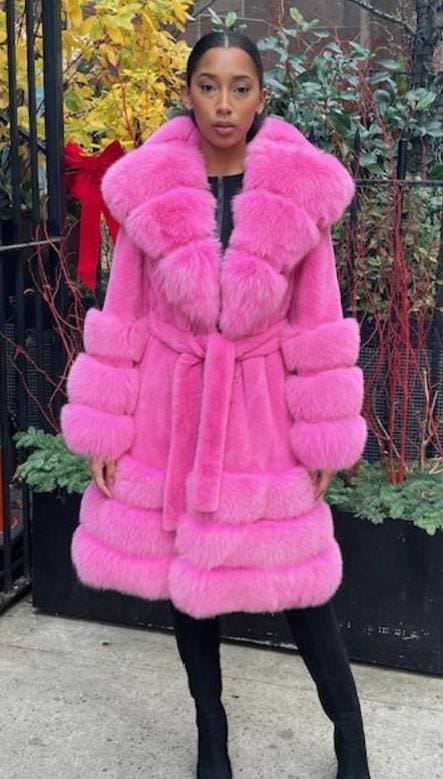
Pink Mink Stroller Pink Fox Trim
- Consult with an Expert How to Buy a Fur: If you are unsure about your choice, consult with a fur specialist or a reputable furrier. They can provide valuable guidance and help you make an informed decision.
- Check the Warranty and Care Instructions: Inquire about the warranty and care instructions for the mink coat. High-quality designer coats often come with maintenance and storage recommendations to ensure the fur’s longevity.
- Try It On If possible, try on the mink coat before purchasing to ensure it fits well and complements your style.
- Evaluate the Source: Ensure that the fur has been sourced and produced ethically. Some consumers prefer faux fur or vintage fur coats to avoid contributing to the fur industry’s environmental and ethical concerns.
- Consider Storage: Plan for proper storage and maintenance of your mink coat. These coats require cool, dry storage during warmer months to prevent damage.
Remember that buying a designer mink coat is an investment, and it’s essential to make an informed decision to ensure you get the best quality and value for your money.
